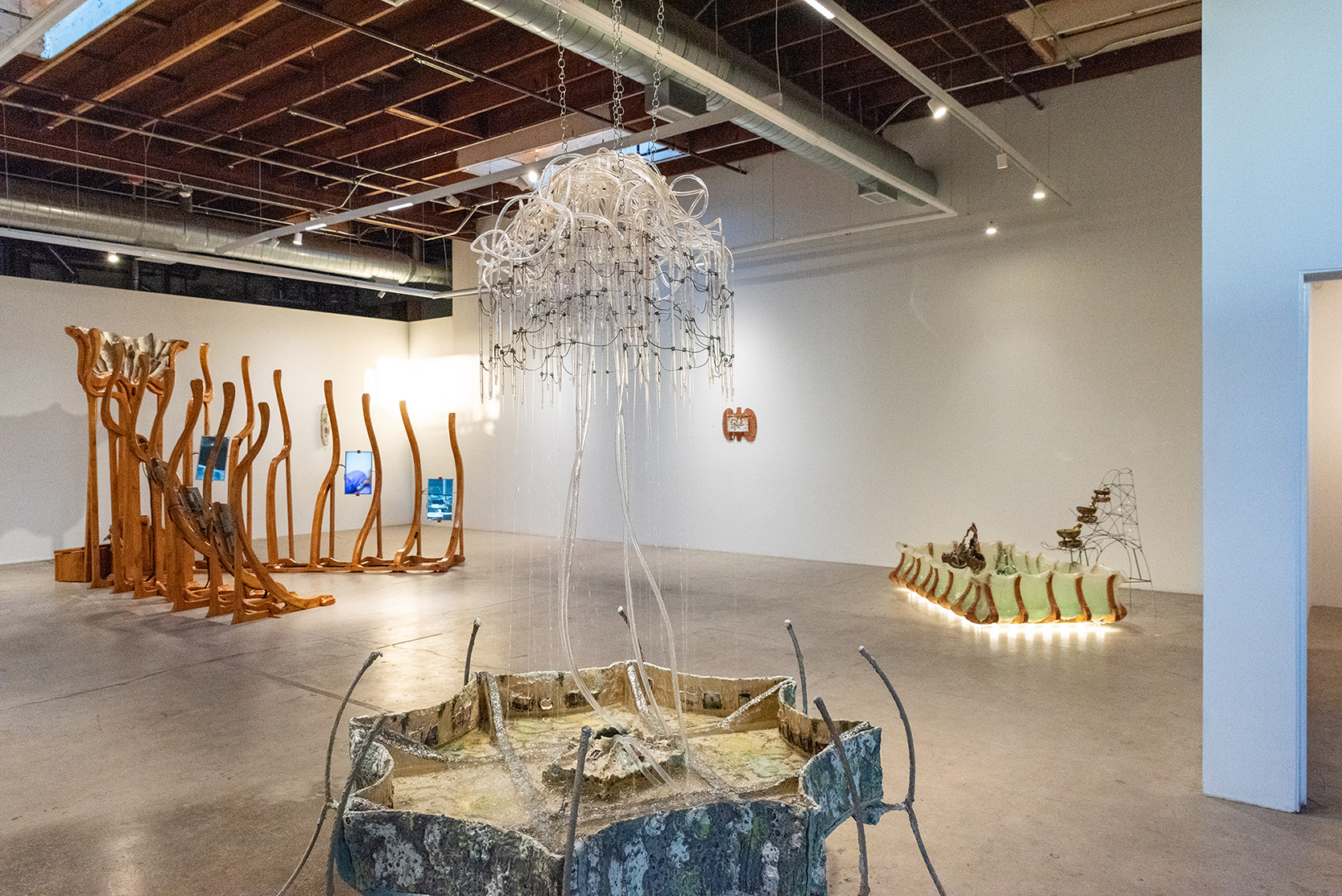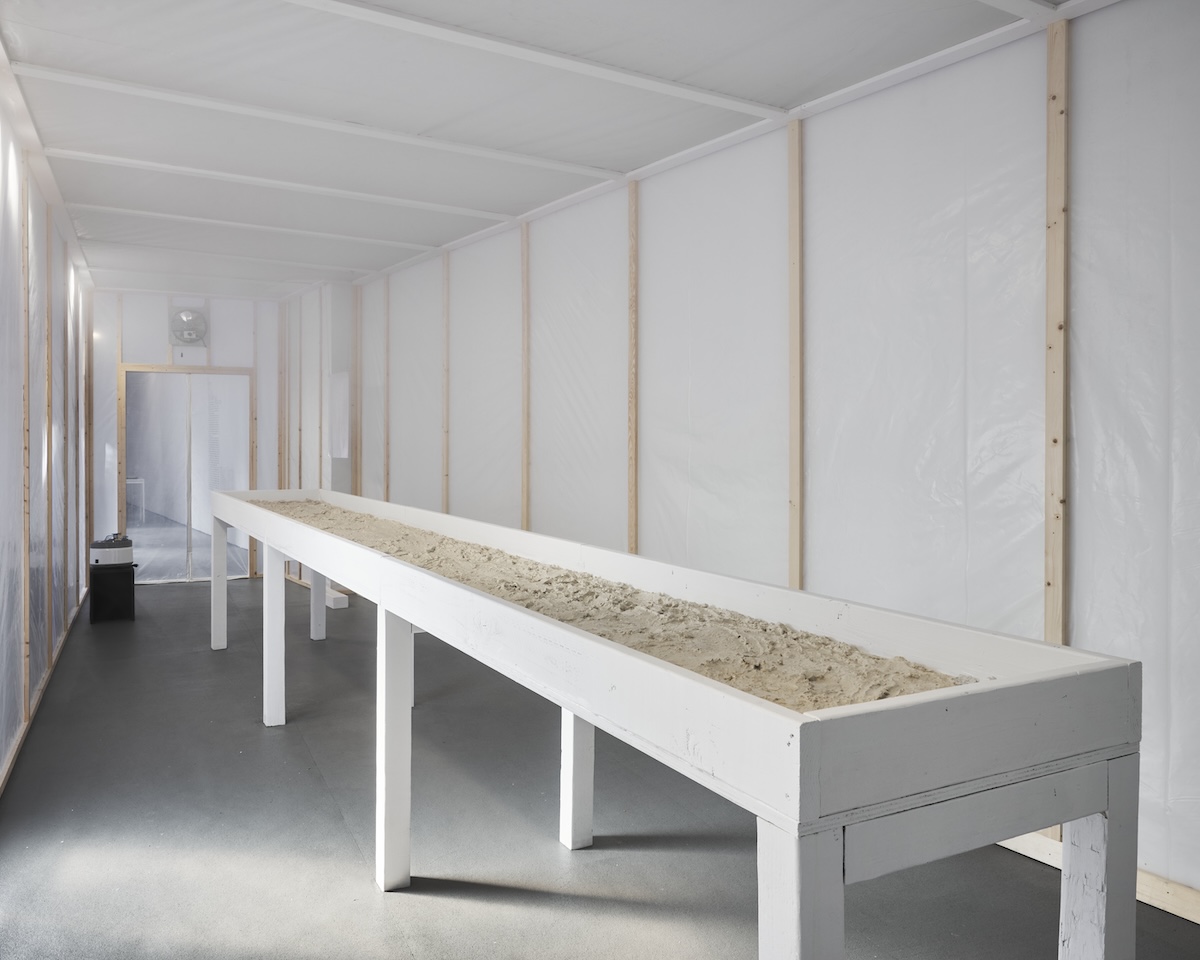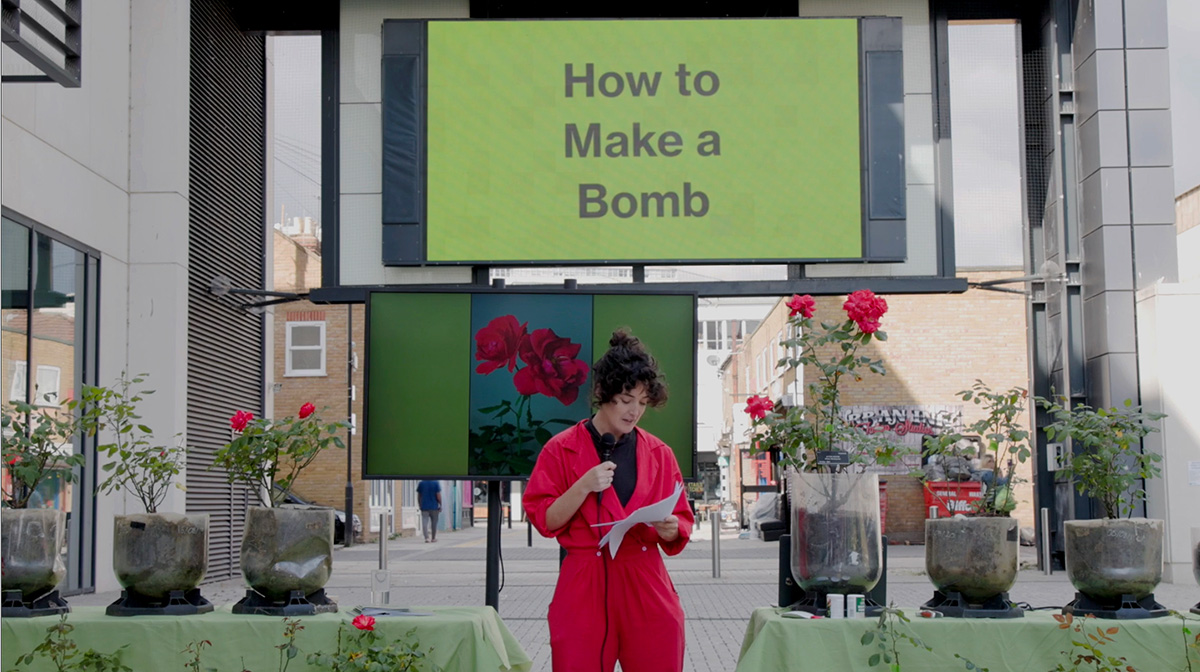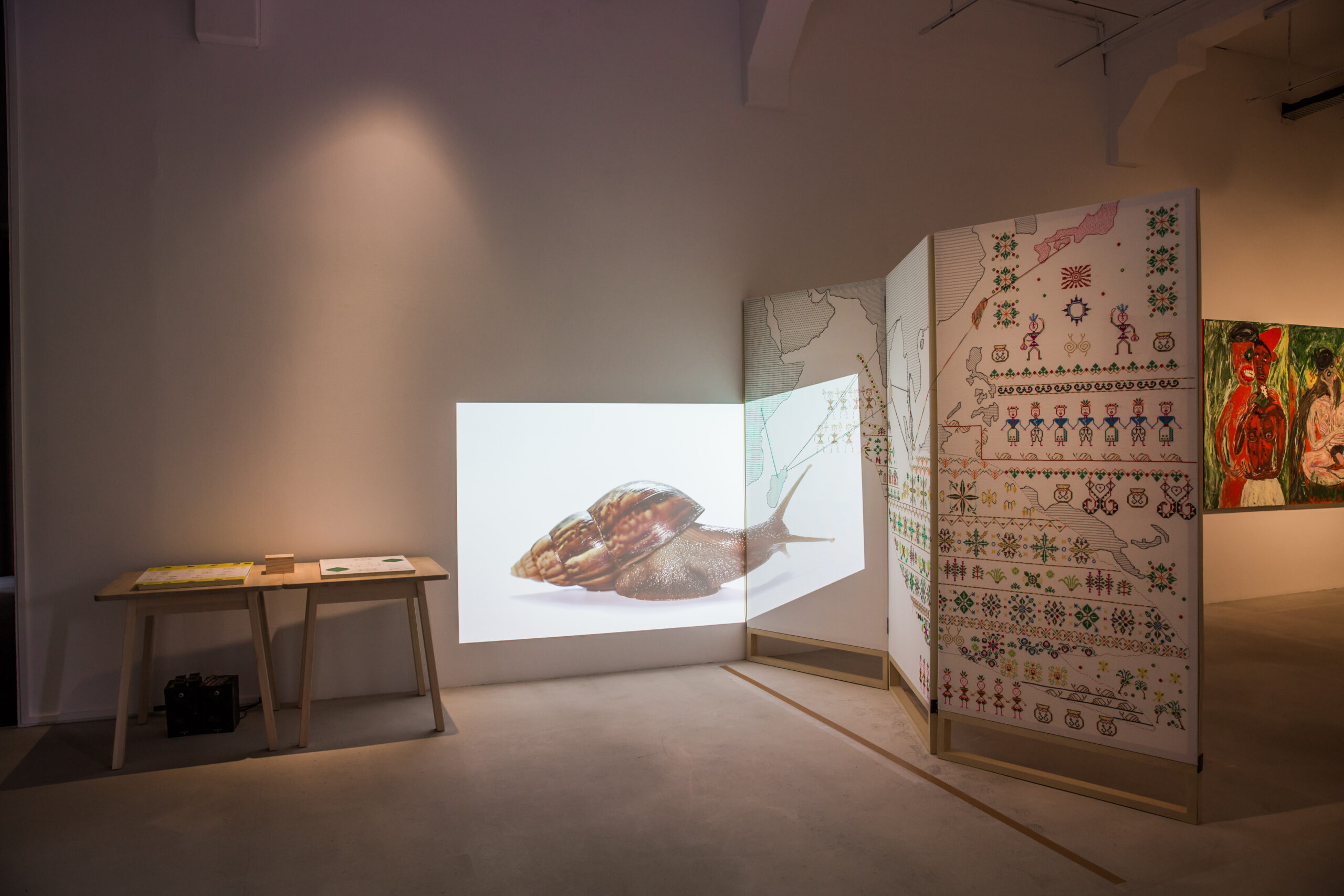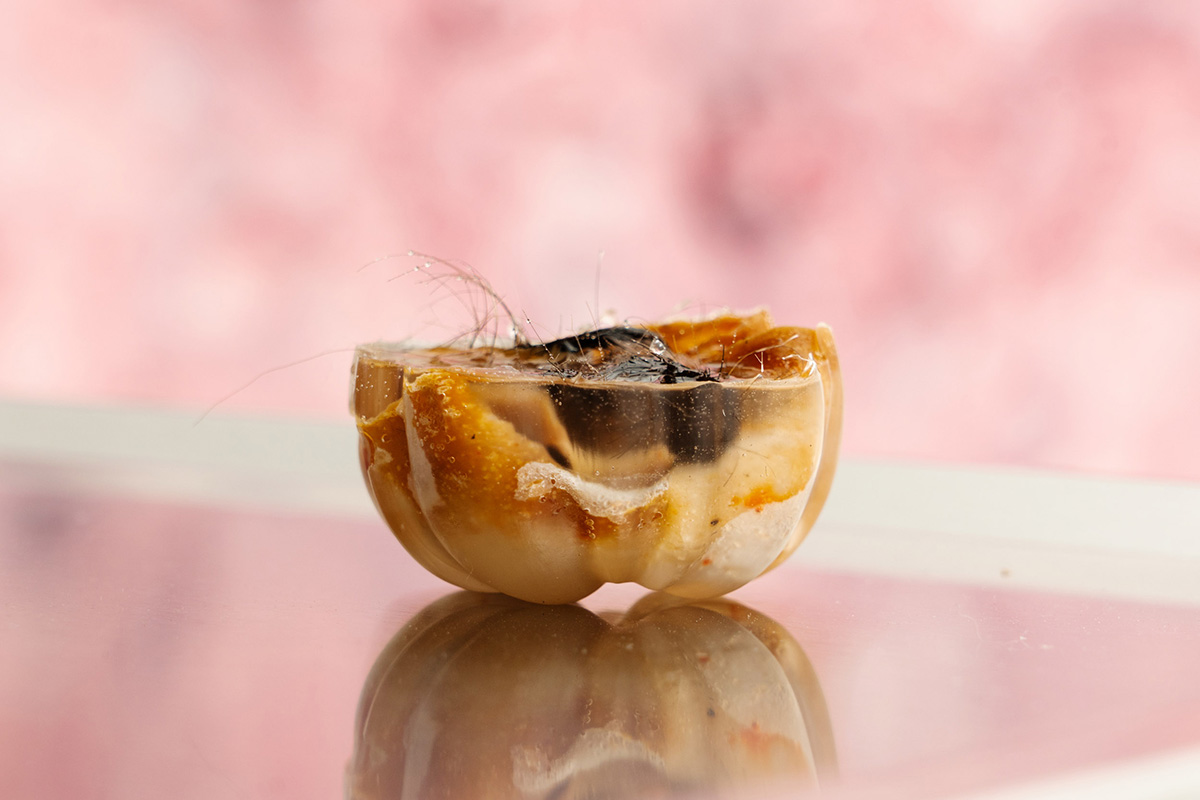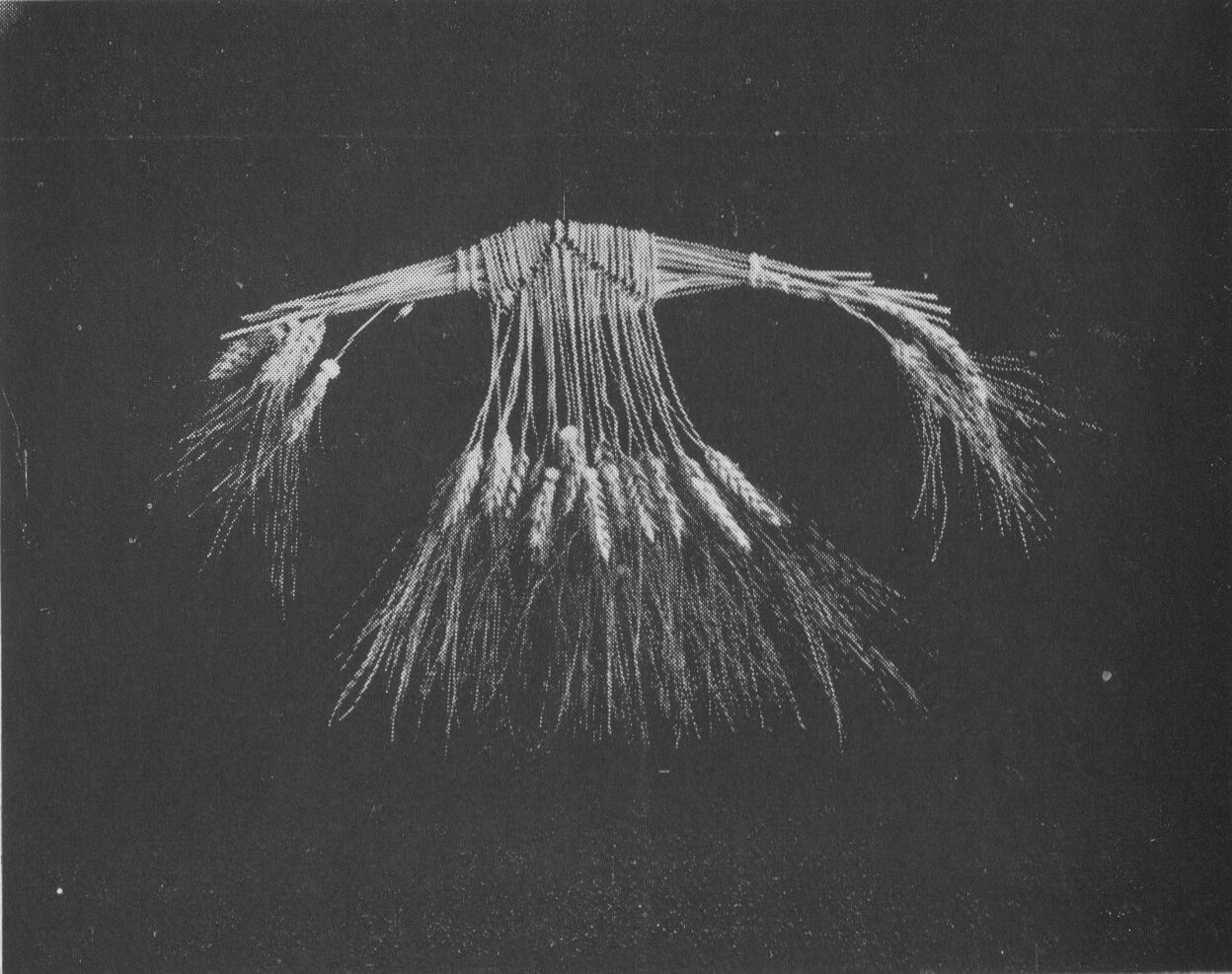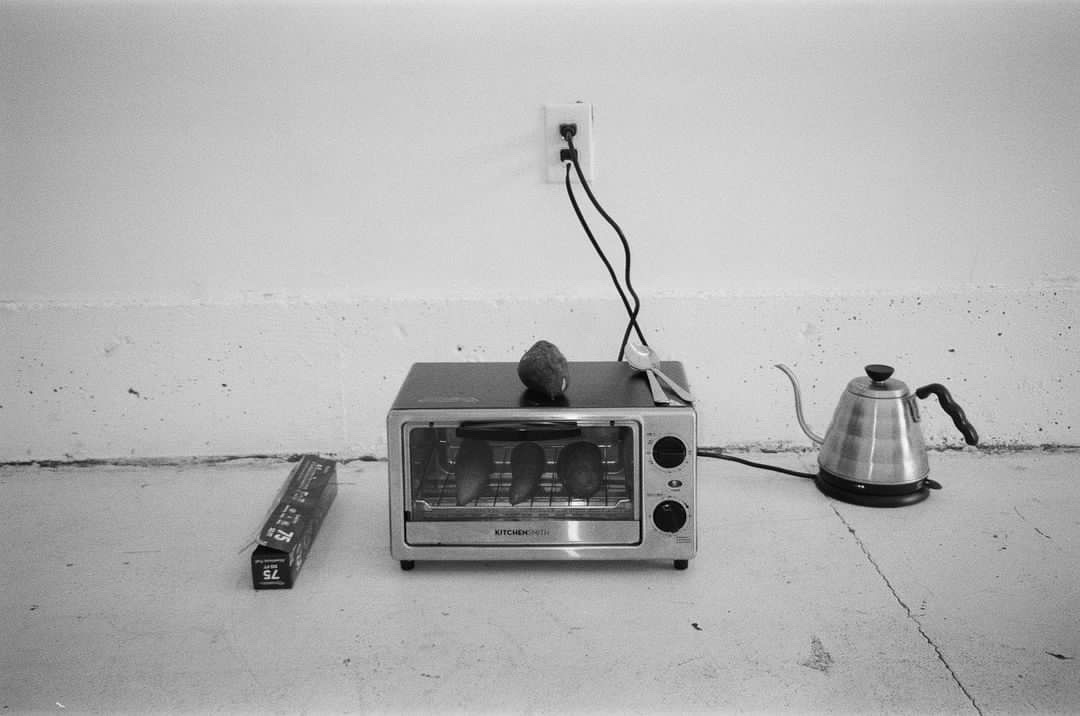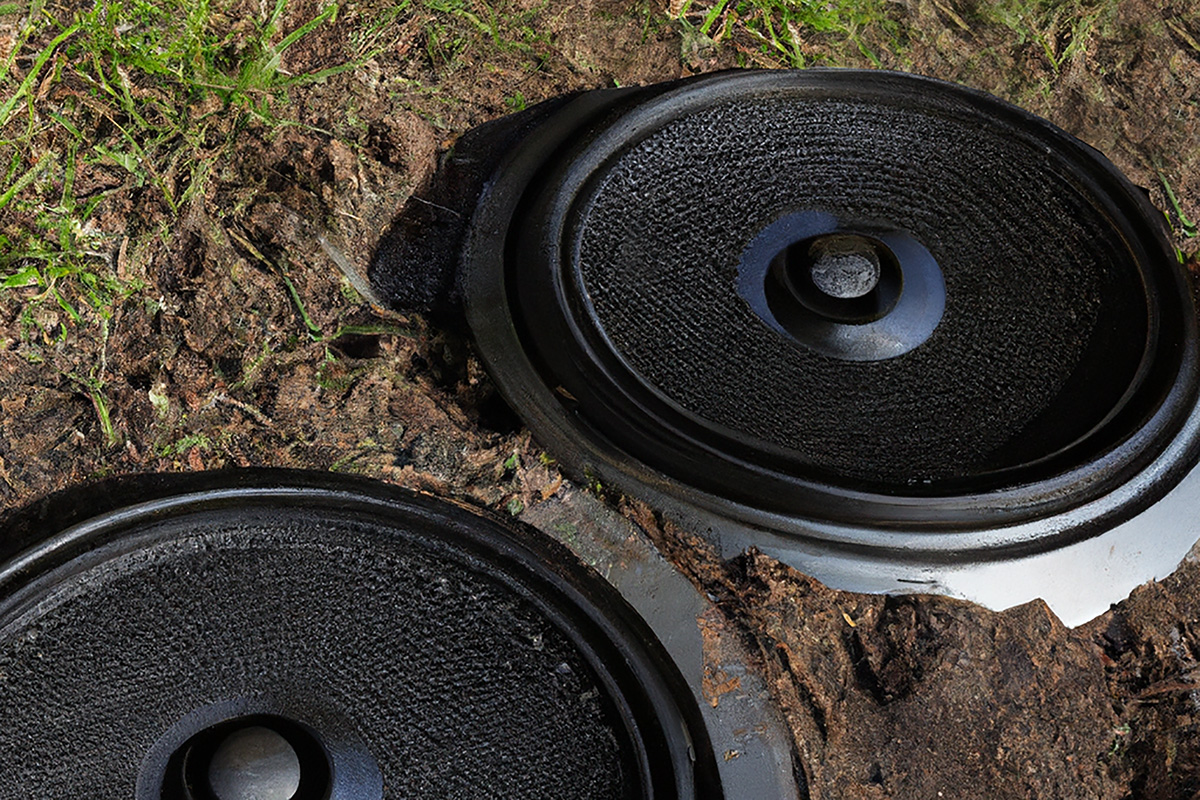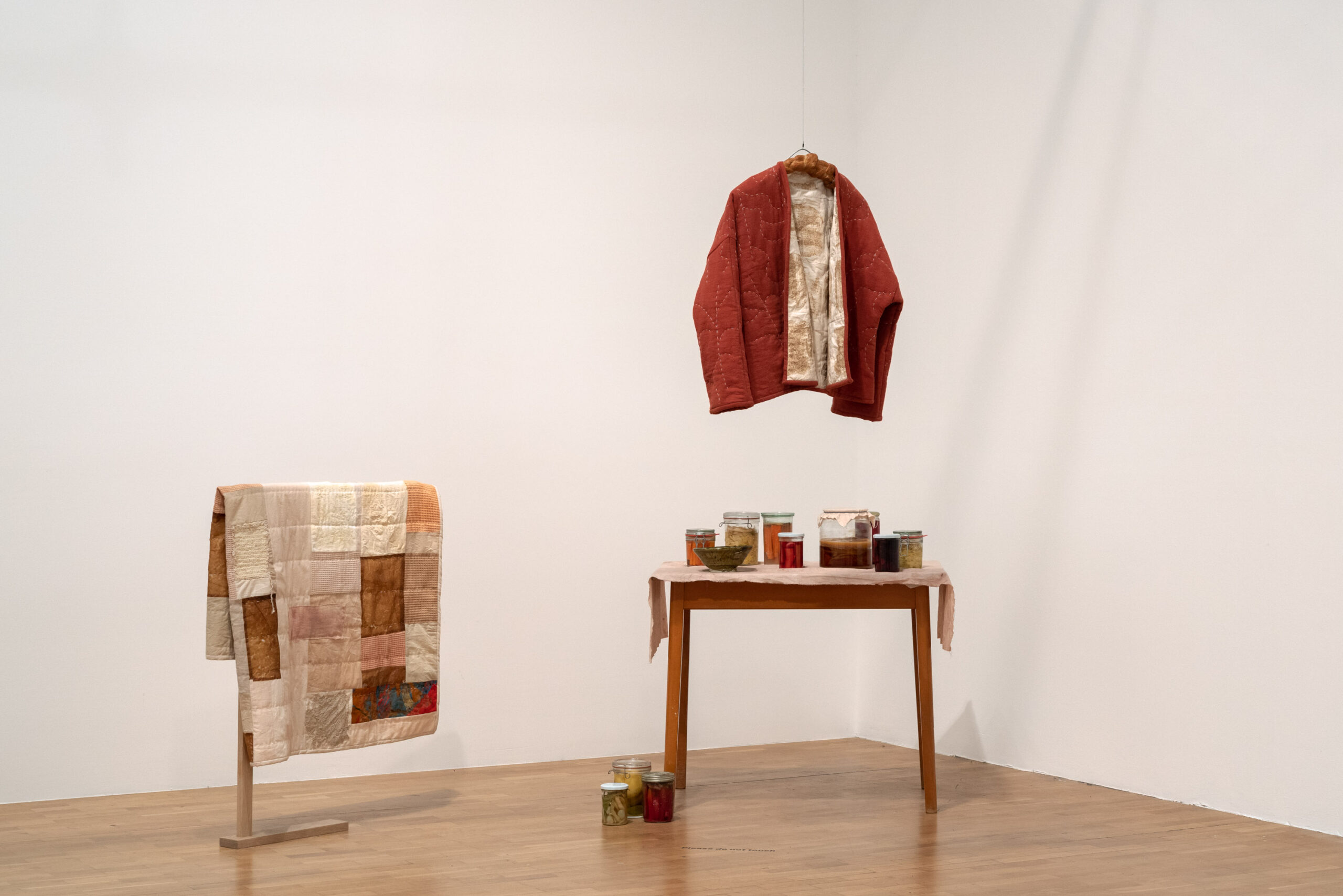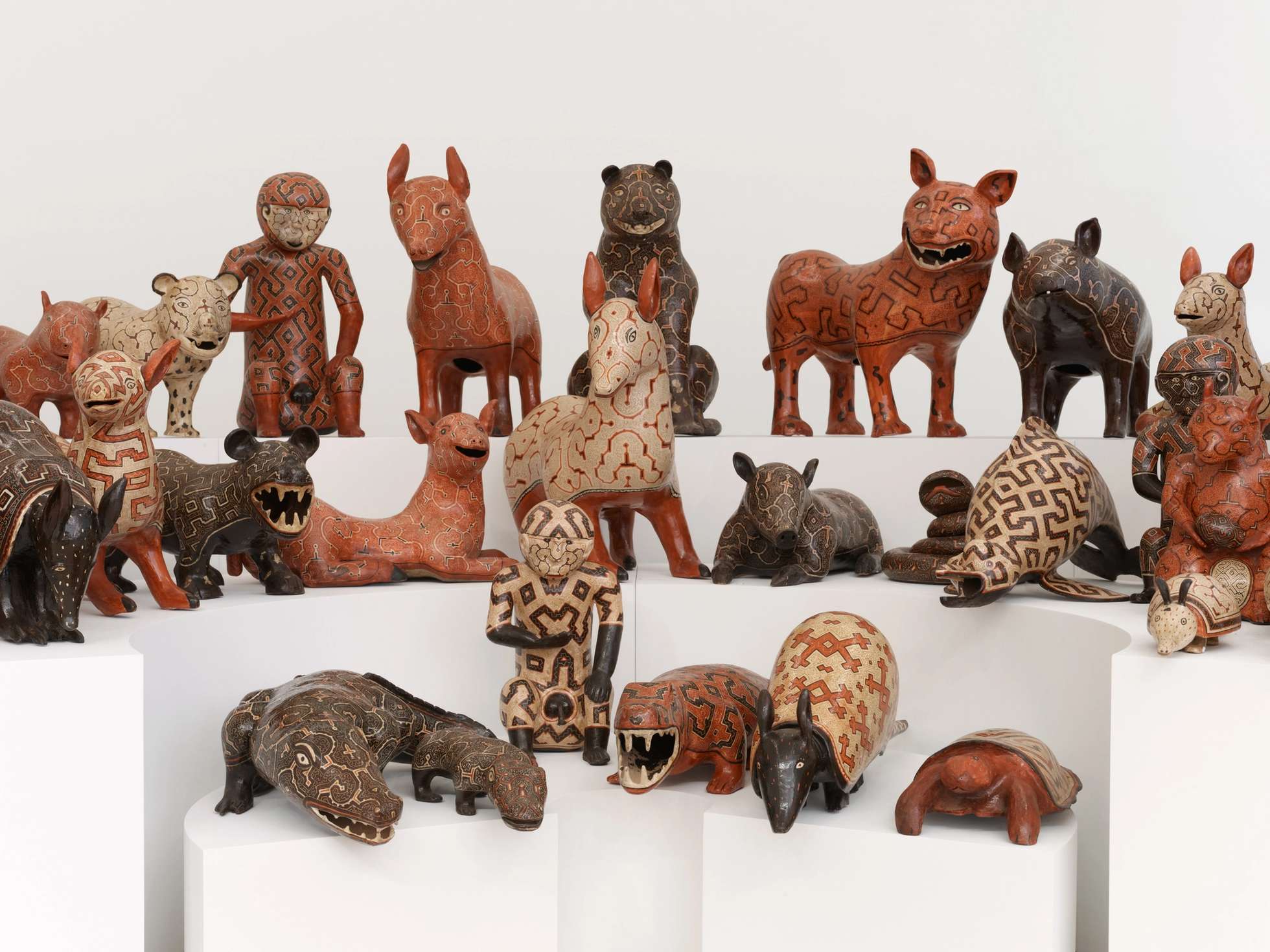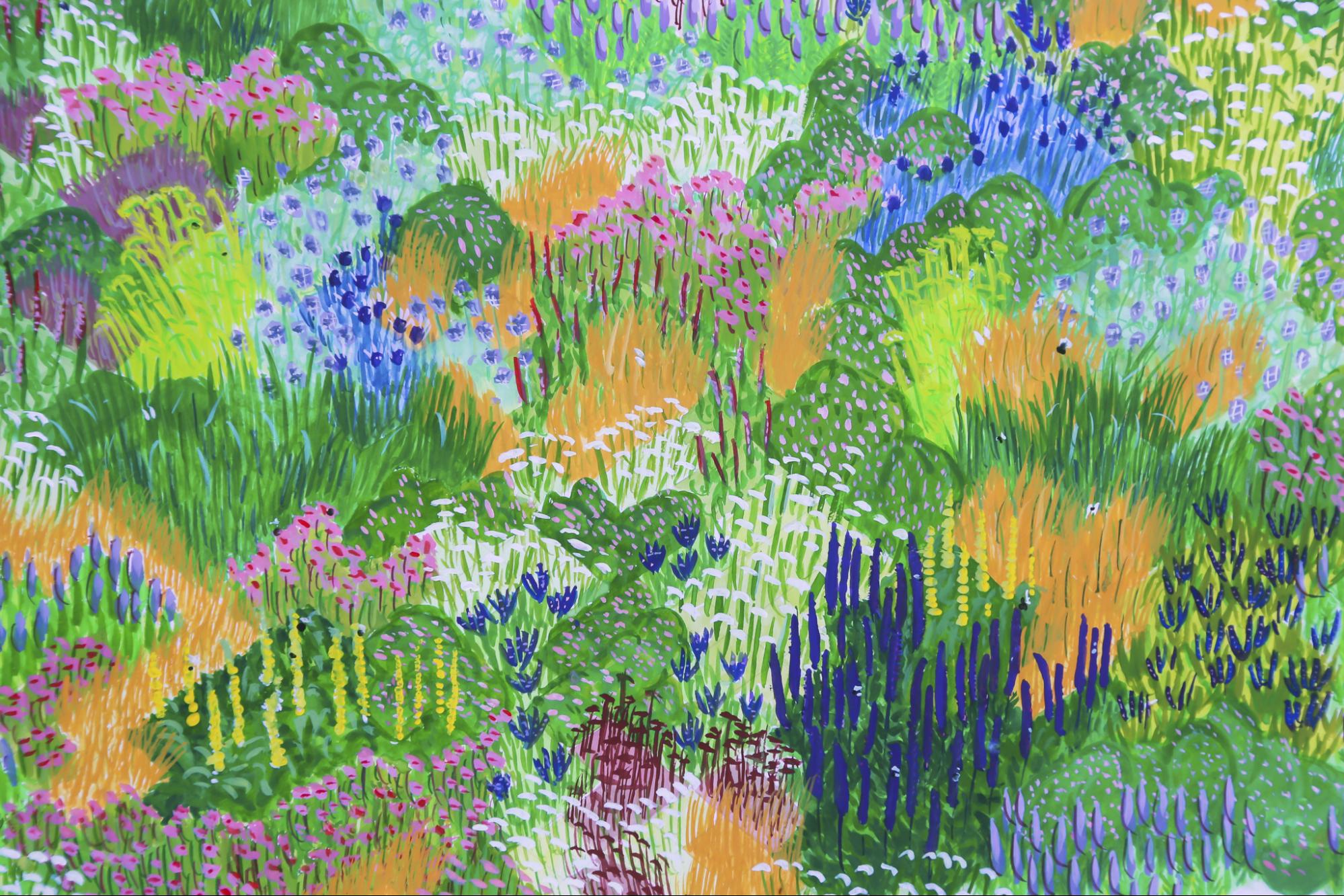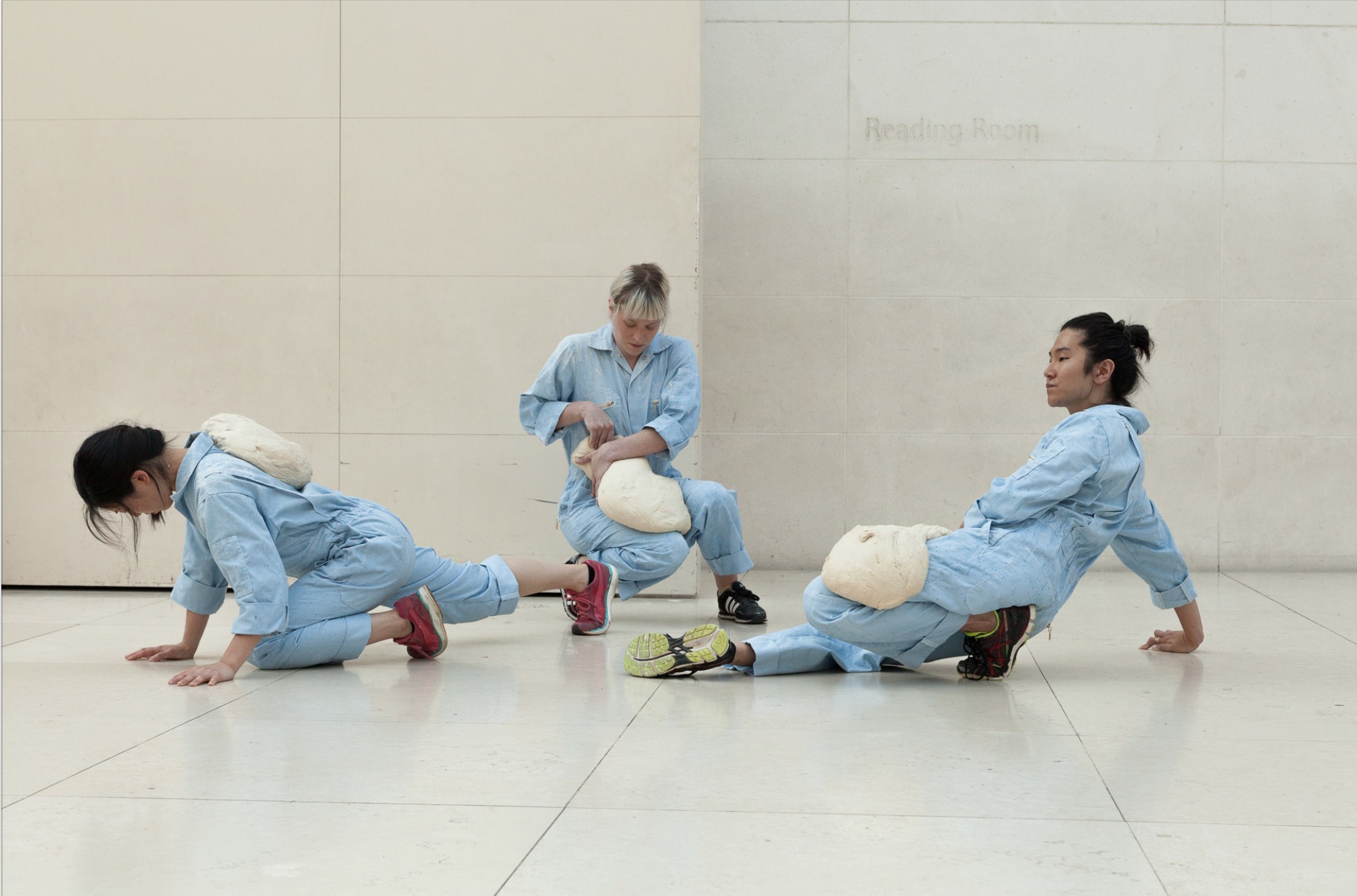Artist Devyn Ormsby took her skills from working in a glass studio to develop a project of her own. Beginning with fruit as a simple point of inquiry, Ormsby began contemplating how she could use glass to uniquely reconstruct the material form of fruit. Her resulting series of opaque, lightly colored glass fruit reinterprets the ornamental displays of fake fruit and vegetables that served as popular kitchen decor in the past few decades.
In an interview with MOLD, Ormsby noted that vintage fake fruit was “usually made from various materials [like] plastic, Lucite, glass or wood” and was typically “light, simplistic and exaggerated in form.” She sought to create a collection that stayed true to the traditional form of fake fruit, showing as much detail as possible – like the texture of a lemon and the smoothness of a pear – while also having the weight of crystal glass.
Ormsby produced her glass fruit collection using a lost wax casting process, filling a mold with melted glass to make a solid glass form. The artist explained the steps of her production process, detailing how she begins “by making a silicone mold of the original object, from which [she] can make wax replicas. The next step is to fettle (trim and clean) the wax, filling holes and removing any seams… Once that is done, [she] begins building a contour mold around the wax. This is made up of many layers of a plastic/silica mix built around the shape of the fruit.” After the plastic/silica layer is set, the wax inside is steamed out.
This final mold is loaded into a kiln upside down, where glass above it melts down over the course of one to two days, filling the hollow mold and yielding the glass object. Ormsby told MOLD that her favorite part of the process is “divesting,” or the moment when the plastic/silica mold is broken open to reveal the glass inside. If the glass is fully formed, the object is then cold worked and sanded to remove any blemishes.
This wax casting is what allowed Ormsby to replicate small details like slight curves or dimples in the surface of the fruit. These nuances played an important role in the artist’s development of the series; she pointed out that she often spent hours searching for the perfect banana, pear or mandarin orange, with the right flaws and shape for her collection. While the form of each glass object is hyperrealistic, this careful detail contrasts with the colors of the glass fruit. The light, playful colors aren’t what you usually expect from fruit; the surprising colors of the collection, contrasted with the precise shapes and design of the produce, are what make Ormsby’s glass series a reinterpretation of fake fruit, recreating but also transforming the decorative fruit bowls that graced the kitchen tables of the 90s and early 00s.




